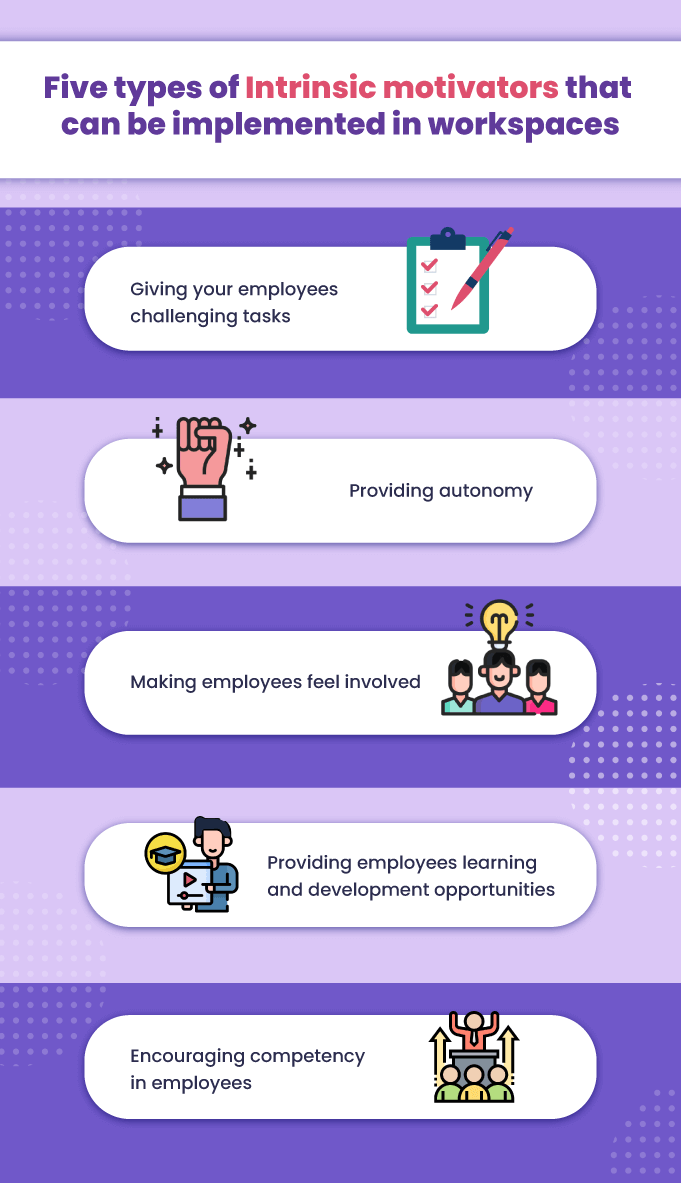


The assumption is that deprivation of appetitive stimuli or presence of aversive stimuli will arouse and direct behavior until the drive is satisfied.

The basic survival needs at the bottom of Maslow’s Human Needs pyramid act in a manner consistent with a drive-reduction model of motivation (Hull, 1943). Upon sexual arousal, animals will engage in courting and copulation.

For example, if a mouse is attacked in the wild, it will probably immediately try to run away. When confronted with danger, humans will exhibit defense reactions until escaping. When deprived of food, humans will engage in “hunting and gathering” behaviors until finding (in the wild or in the cafeteria) a sufficient supply. Maslow’s basic biological needs provide clear examples of motivated behavior. That is, the individual’ state must change from rest to sustained action and address a specific condition (e.g., hunger) by achieving a specific objective (e.g., locating food). Motivation involves arousal and direction. In Chapter 5, we will consider a contemporary adaptive learning model based upon hedonic principles (Levy, 2013). Variations on the hedonic model were postulated very early in the history of psychology by those holding very different perspectives ranging from Thorndike’s Law of Effect (1898) to Freud’s Pleasure Principle (1930). It is basically a “carrot-and-stick” model assuming that one acts to seek pleasure and avoid pain. Appetitive and aversive stimuli elicit emotional responses and determine our motivation.Ī simple hedonic model dates to the Greek philosophers and represents an early and straightforward approach to understanding human motivation (Higgins, 2006). They typically hurt and result in a withdrawal response. Such stimuli may be described as aversive (or “bad”). It is as though our bodies evolved to protect us from stimuli which can cause tissue damage. In the case of painful stimulation, spinal reflexes immediately occur. They typically elicit approach responses. Some stimuli may be described as appetitive (or “good”). We have seen how our nervous system transmits sensory information to the spinal cord and brain enabling adaptive responding. Today, when we try to answer the question of why someone did something, we frequently attempt to determine the motivation. Chapter 4: Emotion, Motivation and Human PotentialĪs dissatisfaction grew with the attempts to account for human behavior by naming different instincts, psychologists shifted to explanations based upon the effects of emotions and motives.


 0 kommentar(er)
0 kommentar(er)
